
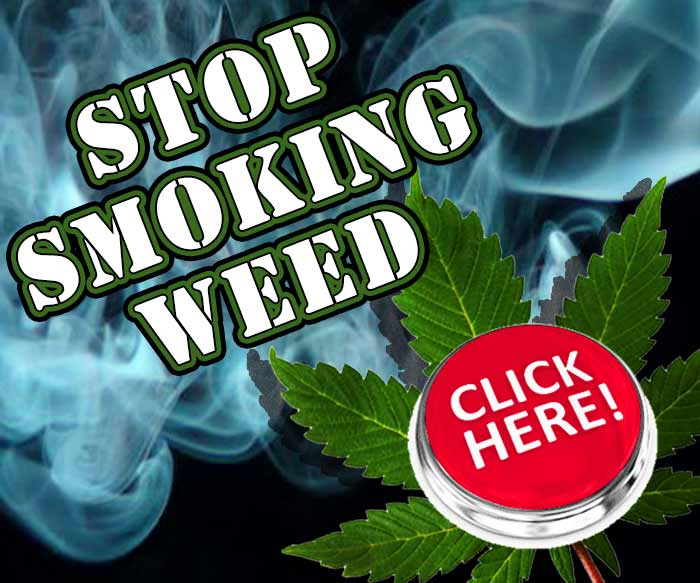
|
|
|

|

|
|
Is Addiction A Disease
Or Choice? For centuries, addiction to alcohol and drugs has been seen as a moral failing. The person addicted was viewed as lacking in willpower. But while that view is still held by some individuals, a new model for understanding cure for addiction has risen to the forefront in the scientific community. The reality is that addiction is a disease, and the research is there to support it. Drug addiction follows a similar pattern to other chronic diseases such as asthma and diabetes. The patient will go into remission, but may have several relapses before beating the disease entirely. And like these diseases, addiction too can be treated and managed. Many people who combat the disease model of addiction will make Continue » |
|
|
|
|

|
Localities Struggle to Address
A cohesive set of national policies is needed, one that recognizes not only that alcoholism is a disease but also that medical solutions alone will not solve social problems. Across the country, some local solutions are being tried. Housing First, an assistance approach that tries to provide homeless people with permanent housing quickly and gives them supportive services as needed, holds significant promise because it recognizes that the social situation is the real emergency. Housing First would house a person like Mr. P - whose story is told in the accompanying article - without any requirements of sobriety. In cities where it has been studied, the program has been shown to reduce health-care expenses on cure for addiction. However, its effectiveness with people like Mr. P, who had been living on the streets for a decade and was struggling with Continue » |

|
|
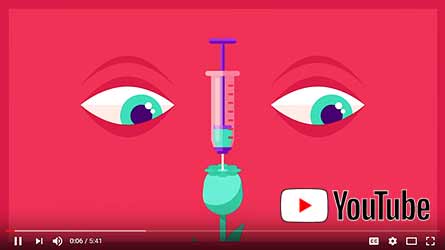
|
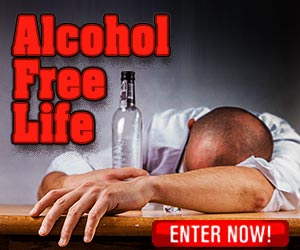
|
|
Tragedy Every 17 Days
The opioid crisis amounts to a Sept. 11-scale tragedy every two and a half weeks, Gov. Chris Christie (R-N.J.) told Congress today while delivering his commission’s recommendations for dealing with the epidemic. Christie, who chairs President Trump’s Commission on Combating Drug Addiction and the Opioid Crisis, said that the epidemic is killing about 175 people per day, or 3,000 people every 17 days. “If a terrorist organization was killing 175 Americans a day on American soil, what would we do to stop them?” Christie told the House Committee on Oversight and Government Reform during a hearing in Baltimore at Johns Hopkins Hospital. “We would do anything and everything in finding cure for addiction.” Christie continued with an explanation that the epidemic did not originate on American street corners but in doctors’ offices and hospitals, where he said pain has been dealt with as if it were a vital issue. When a person exits a hospital, he said, they are Continue » |
|
|
|
|

|
Americans Are Drinking More
Heavy drinking is on the rise in many parts of the U.S. — up more than 17 percent since 2005, researchers reported Thursday. And rates are rising faster among women than among men. But there’s a big difference county by county, the statistics show. In some counties, more than a third of the residents are binge drinkers and more than 20 percent are heavy drinkers. The hardest-drinking U.S. county? Menominee County, Wisconsin.Heavy drinkers are setting themselves up for liver disease and many forms of cancer, while binge drinkers can see not only health effects but damage to their jobs, marriages and friendships — not to mention the risk of vehicle accidents. “In 2012, 8.2 percent of all Americans were considered heavy drinkers and 18.3 percent were binge drinkers,” the University of Washington’s Institute for Health Metrics and Evaluation says in a statement Continue » |

|
|
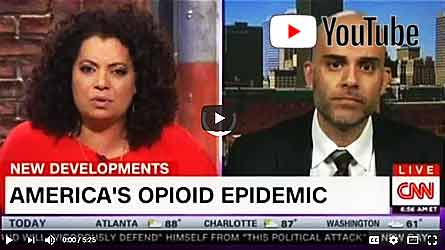
|
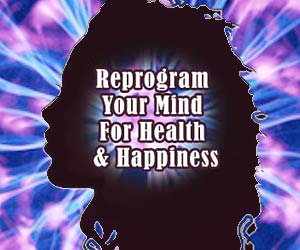
|
|
Myths About Addiction Rehab
Myth: Treatment Is for Celebrities Most drugs affect the brain's "reward circuit" by flooding it with the chemical messenger dopamine. This reward system controls the body's ability to feel pleasure and motivates a person to repeat behaviors needed to thrive, such as eating and spending time with loved ones. This overstimulation of the reward circuit causes the intensely pleasurable "high" that can lead people to take a drug again and again. As a person continues to use drugs, the brain, while searches cure for addiction, adjusts to the excess dopamine by making less of it and/or reducing the ability of cells in the reward circuit to respond to it. This reduces the high that the person feels compared to the high they felt when first taking the drug—an effect known as tolerance. They might take more of the drug, trying to achieve the same dopamine high. It can also cause them to get less pleasure from other things they once enjoyed, like food or social activities. Continue » |
|

|
|

|
|
Contact Len: len@lenoffers.com |